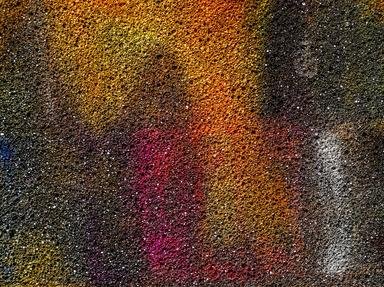Quiz Answer Key and Fun Facts
1. July the 4th is a national holiday in the United States commemorating the writing of the Declaration of Independence. July 1 is a national holiday in Canada, but what does it celebrate?
2. In effect, the July 4th celebration really marks the beginning of a civil war within North America. What other civil war is marked by the important date of January 4, 1642?
3. On what year are the July 4th celebrations based?
4. Independence Day is synonymous with barbecues and picnics. One of my friend's favorite picnic dishes is lobster-shrimp seafood salad (they tell me it's great, but I am a vegetarian). Considering that the War of Independence was fought with England, it is almost ironic that the United States' biggest producers of lobster are the New England states. Every year the Maine lobster festival is held in which New England town?
5. Who did not actually participate in the writing of the Declaration of Independence?
6. Which of the following civil wars or periods of conflict did NOT eventually result in a written Constitution?
7. What French holiday is celebrated on July 14 every year, in a similar vein to the U.S. July 4 celebration, although a little more bloody?
8. Which of the following is an actual excerpt from the US Declaration of Independence?
9. What has been generally acknowledged as the event that marked the beginning of hostilities in the War of Independence?
10. What famous American landmark is inscribed with the Fourth of July?
Source: Author
TemplarLLM
This quiz was reviewed by FunTrivia editor
gtho4 before going online.
Any errors found in FunTrivia content are routinely corrected through our feedback system.
